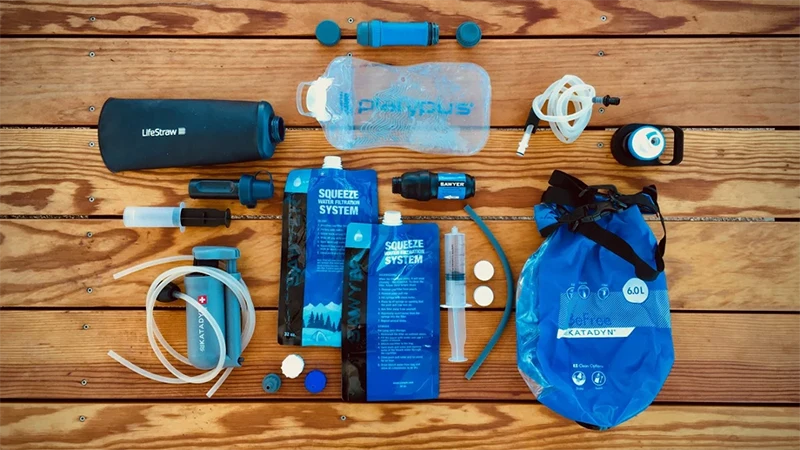

Study: “Beaches can no longer be considered safe havens from ticks”
Bay Area Lyme Foundation today announced results of a study demonstrating that adult Western black-legged ticks (Ixodes pacificus) carrying Borrelia burgdorferi, the bacterium that causes Lyme disease, were found in beach areas at equal rates to the woodland habitats in parts of northwestern California.
Further, researchers, who were testing ticks for up to five species of tick-borne bacteria, found that the collective infection rate of all species was as high as 31% in at least one area.
This offers a different perspective from previous studies that tested for a single species of bacteria in a specific area or areas.
The study was conducted by researchers at Colorado State University, Northern Arizona State University and Translational Genomics Research Institute (TGen). It was published in the June 2021 issue of the peer-reviewed journal Applied and Environmental Microbiology (AEM).
The research points to the need for greater education for both the community at large and healthcare providers about the risks of tick-borne disease.
High rate of infected ticks in coastal chaparral
“The high rate of disease-carrying ticks in the coastal chaparral was really surprising to us. And when looking at all the tick-borne pathogens simultaneously, it makes you rethink the local disease risk,” said lead author Daniel Salkeld, PhD, of Colorado State University. (Editor’s note: chaparral is vegetation consisting chiefly of tangled shrubs. It’s common along the Northern California coastline.)
“Previously, we, along with other researchers, may have missed the big picture when we focused our attention on investigating the risk of one pathogen at a time,” according to Salkeld. “Now, we have a new imperative to look at the collective risk of all tick-borne pathogens in an area.”
Researchers sought to quantify the prevalence of five species of bacteria – Borrelia burgdorferi, Borrelia americana, Borrelia bissettiae, Borrelia miyamotoi and Anaplasma phagocytophilum — in Western black-legged ticks (I. pacificus ) across multiple habitats.
Habitats included woodlands and grasslands as well as coastal chaparral, which is a habitat that has not previously been studied. Ticks may also carry viruses and parasites. However, only bacteria were included in this study.
Read the complete study released by the Bay Area Lyme Foundation here.
Del Escuadrón
Conversaciones de campamento con nuestra comunidad, desde los miembros del escuadrón y los embajadores hasta los socios de marca y el equipo de Sawyer.

















